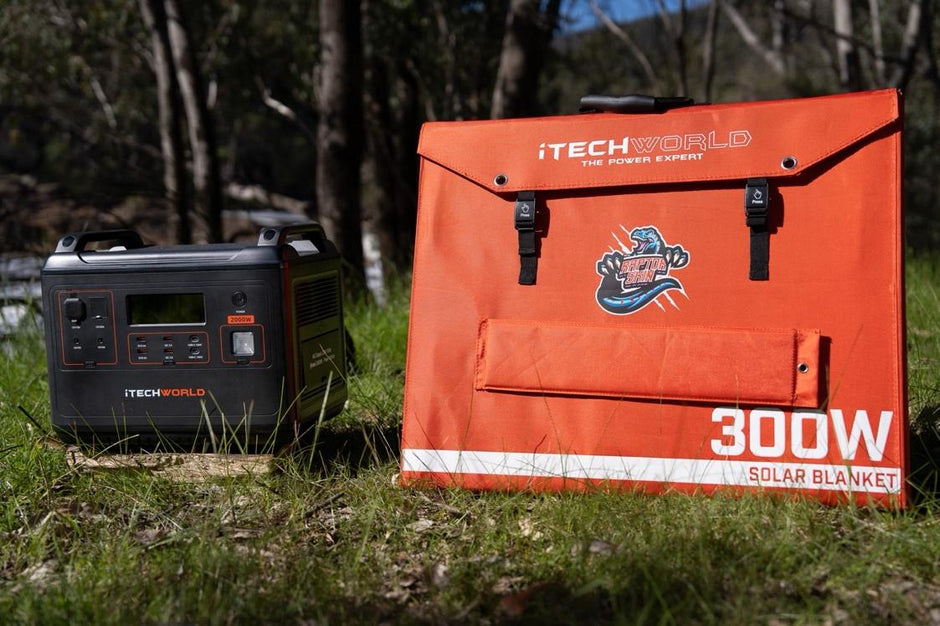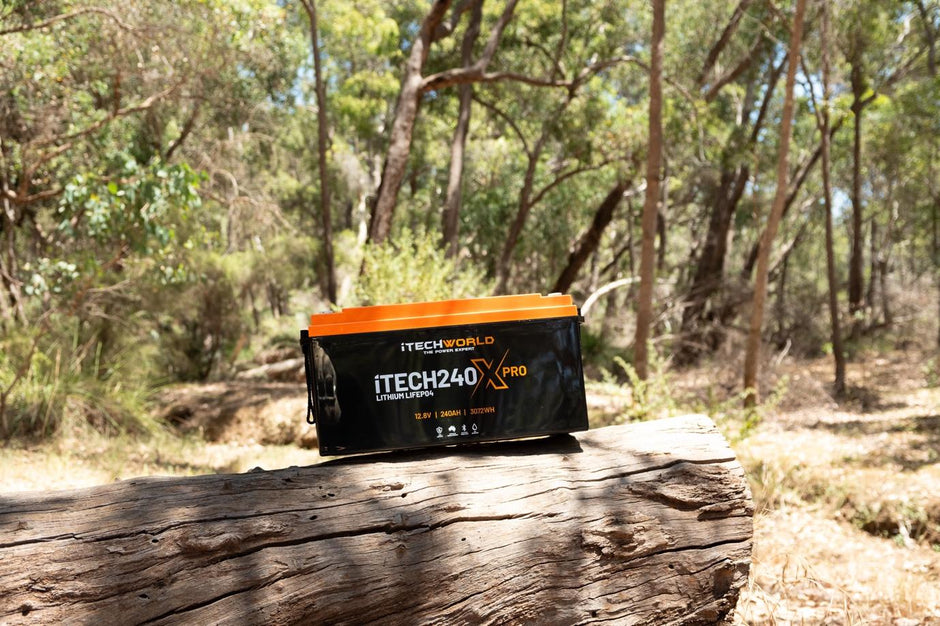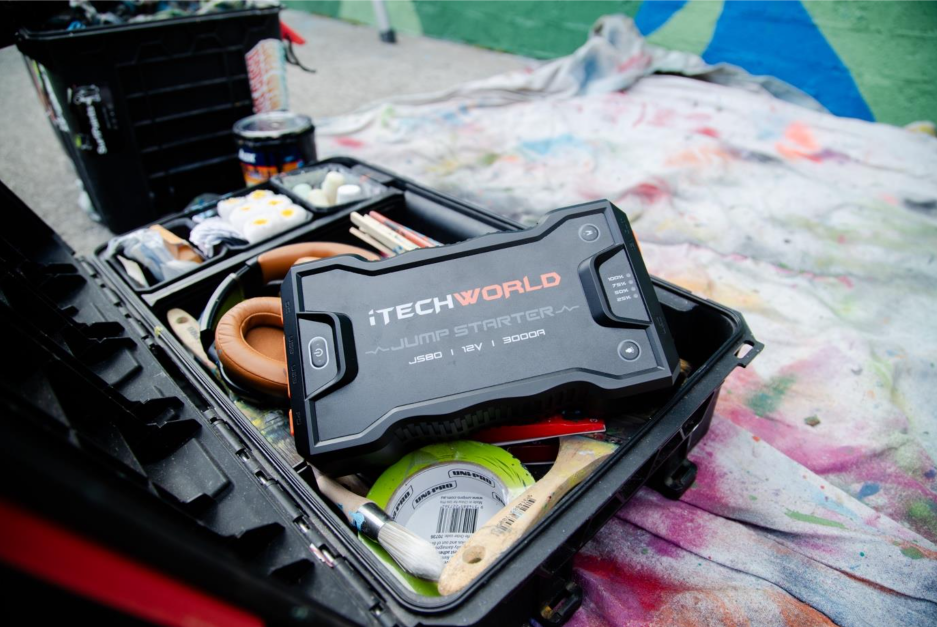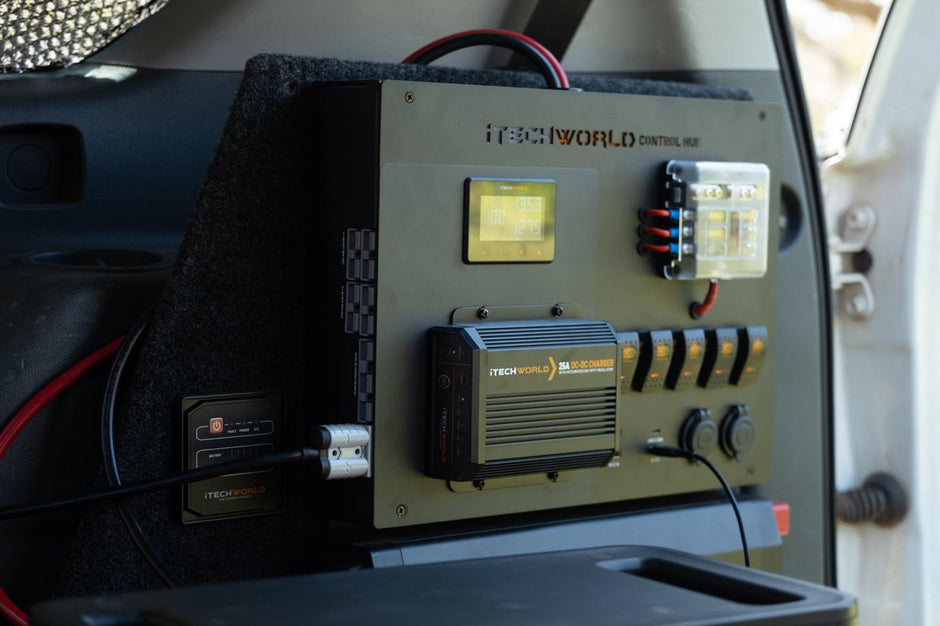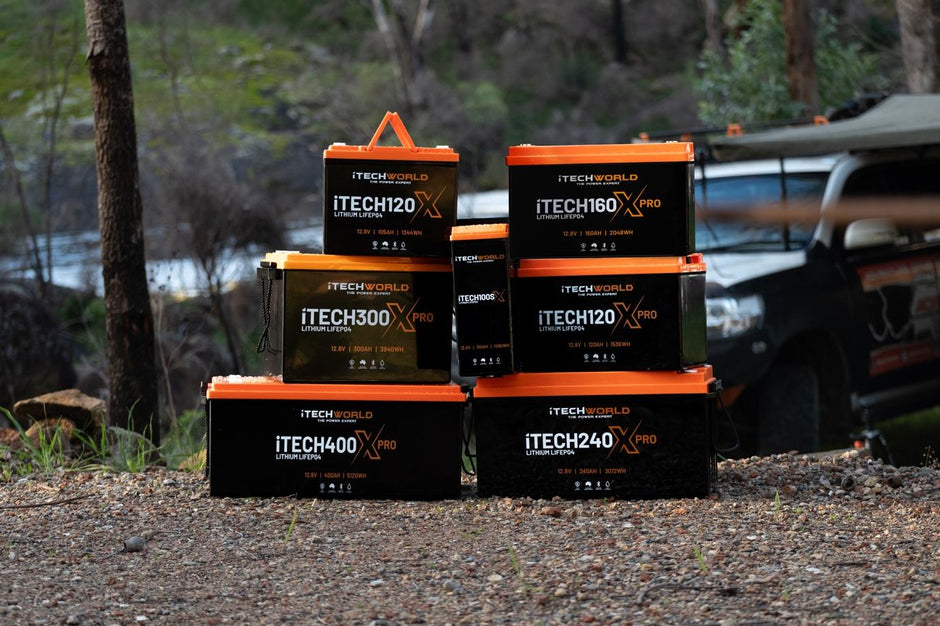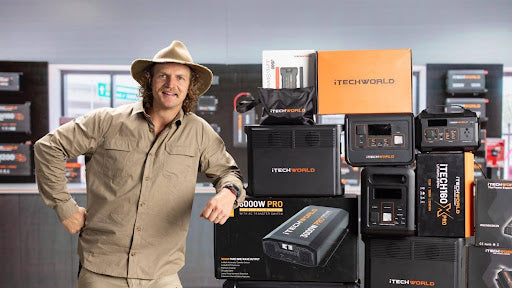Alternating current
So, you’re looking to purchase an inverter to run an AC-powered device off a battery or other DC source. Will you need a pure-sine-wave inverter (PSW), or will a cheaper modified-sine-wave inverter (MSW) do the job?
To answer that question, let’s begin by looking at what AC is. For starters, it’s short for alternating current. In other words, it denotes a current that repeatedly changes direction. This goes for the output of both pure- and modified-sine-wave inverters. Both are AC. What sets the two apart, is how the current changes direction and how long it stays level. Have a look at the pictures below.
As you can see, the pure sine wave features a smooth, flowing rhythm. It’s similar to what you’d think of as a “wave”. Consequently, it’s also called a “true” sine wave. This is more or less what you get in your power point at home, and it is what most household appliances are designed to run on.
In contrast to this, the modified sine wave features prolonged highs and lows as well as plateaus at zero voltage, giving it a rather squarish look. Not surprising, then, that it’s also called a “square” sine wave.
Some appliances are compatible with a modified sine wave; others are not. As a general rule, the more complex the appliance, the likelier it is that it requires a pure sine wave. But to be absolutely sure, you should always go by what the manufacturer says. To give you a better idea of how the different waveforms affect different appliances, let’s have a look at the two waveforms in greater detail, though.
Modified-sine-wave inverters
MSW inverters utilise filters to round the corners of a square wave; hence the word “modified”. As previously mentioned, however, the shape of the wave remains quite square.
Because of the plateauing peak outputs, appliances running on a modified sine wave will have to deal with more power for a longer time, and this equals additional heat. For this reason, many appliances that are designed to run on grid power will overheat if run on a modified sine wave.

Nevertheless, MSW inverters do have their place. Since they don’t require as many components as pure-sine-wave inverters, they are relatively cheap. And they typically use DC power more efficiently than PSW inverters, meaning that your battery will last longer. So, if you plan to run only normal light bulbs and induction or shunt motors, for instance, an MSW inverter will be the right choice for you. However, as previously mentioned, take heed: if you are unsure of whether your appliance will run on MSW, make sure of it before you plug it in.
Pure-sine-wave inverters
Manufacturing a PSW inverter is a lot more involved than making an MSW inverter, and this translates into a higher price. But what you get for the additional cost is peace of mind. Appliances are getting increasingly complex; these days, even seemingly simple devices feature advanced microprocessors, and, oftentimes, MSW will not agree with these microprocessors. A PSW is the only safe choice.
For example, many devices rely on a PSW to time their operation by counting how often the wave passes through zero voltage. This works well on the smooth grid AC. But when such devices are run off an MSW inverter, their microprocessors are tricked by the MSW’s plateaus at zero voltage, which results in miscalculations of time, leading to poor performance and shorter product lifespan.
A PSW inverter, on the other hand, gives you an output that is close to identical to that of household power, which makes it perfect for any appliance that you’d normally plug into the wall. One thing to keep in mind, though, is that even normal household appliances may produce abnormal loads for short periods of time. Motors and fridges, for example, may require a significantly higher wattage during 5-15 seconds at start-up. Quality PSW inverters deal with this by having a 40%-100% surge capacity. So, when shopping for inverters, always read the specifications and make an informed choice.
In short
- Modified-sine-wave inverters are relatively simple and cheap products that generally will use battery power more efficiently than pure-sine-wave inverters.
- Only basic products such as normal lights bulbs and induction or shunt motors can safely be run on a modified sine wave.
- Pure-sine-wave inverters require many components and therefore come at a higher cost. They produce current that is close to identical to that of grid AC, making them perfect for running sensitive electronics.
- If in doubt as to whether your appliances can run on a modified sine wave, always check with the manufacturer.
iTechworld Pure Sine Wave inverters HERE
Article author
Ian
ian@itechworld.com.au



